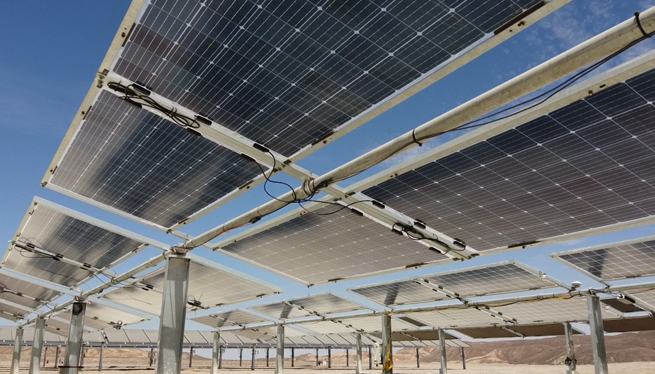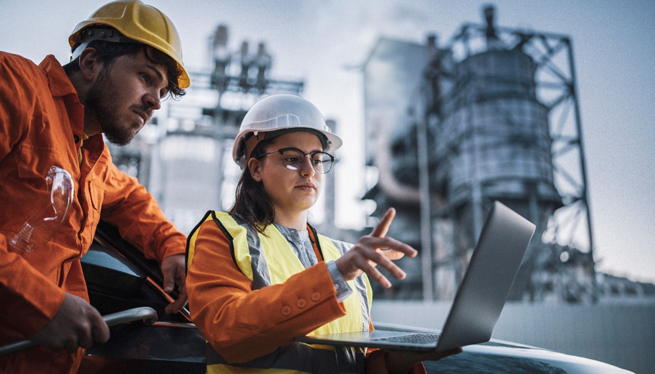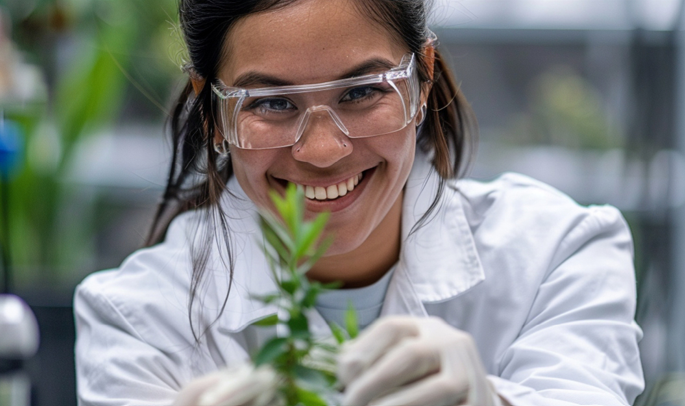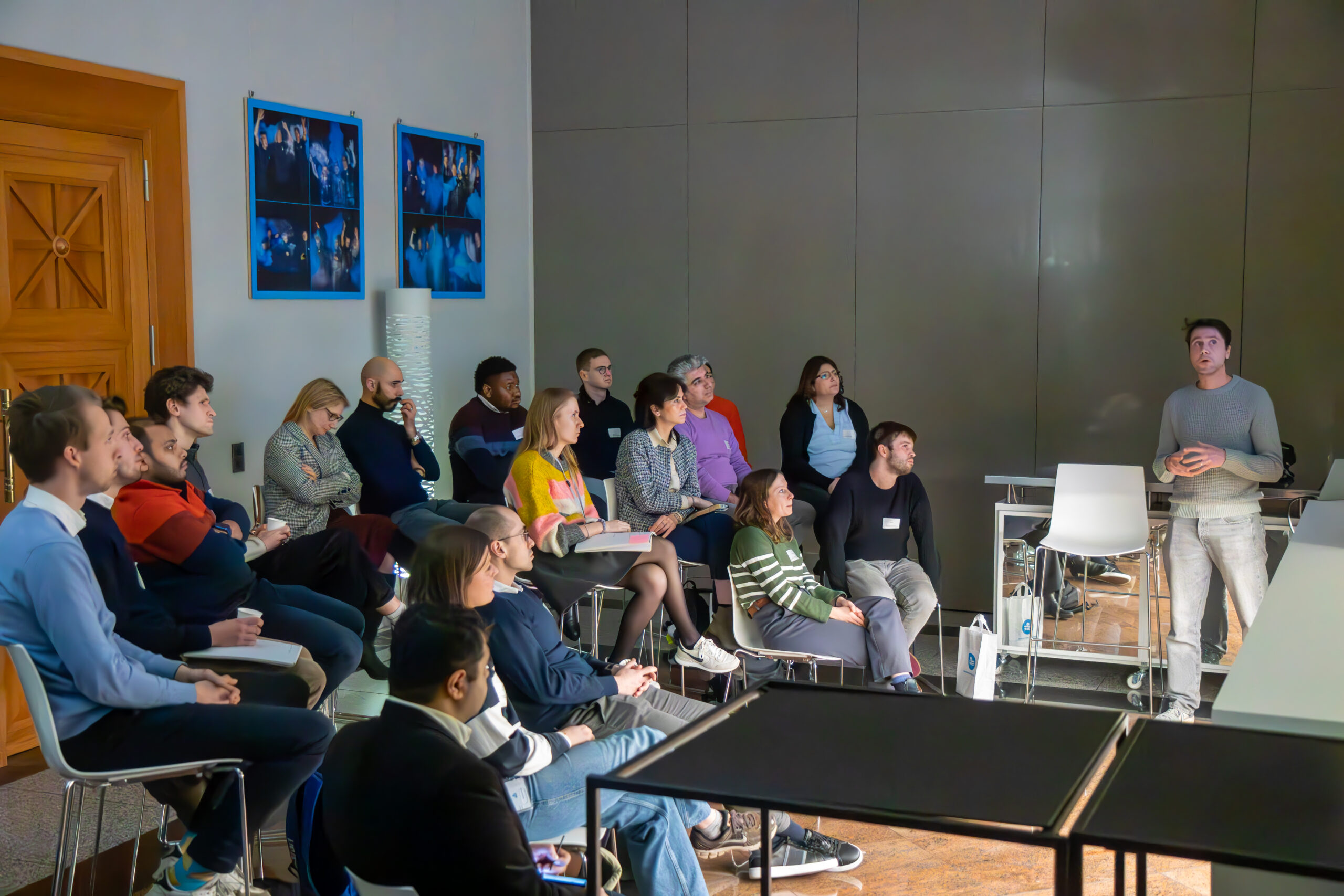Sustainable albedo boosting for bifacial PV panels
ENGIE Laborelec is working with Chilean cement producer Cbb on a highly reflective lime-based substrate that can be applied to the ground beneath bifacial PV panels making use of the albedo effect to boost yield.The initial results are very promising.
Bifacial solar cells have been around for special applications since the 1970s, but they entered the mainstream in large PV plants only in the past few years. Since they were introduced, operators have been on the lookout to maximize yield from the panels’ undersides, to take advantage of reflected direct and diffuse sunlight, and many solutions have been proposed.
Existing albedo solutions have downsides
ENGIE Laborelec tested several possibilities. Mixtures of salt and seashells gave an albedo factor, the ratio of incidental sunlight reflected by a surface, of up to 50%, while applying plastic film raised it to 60%. But these solutions tend to degrade quite quickly and lose their effect. Plastic film is also difficult to apply beneath existing installations and comes with an undesirable environmental footprint.

A clean and easy to apply mix boosts yield by 15%
That’s why ENGIE Laborelec has been working on a better and more sustainable solution, in collaboration with a Chilean cement producer. Cbb developed an environmentally safe lime-based liquid mix that can be applied very easily using a mobile pumping unit, producing a 2 to 3-cm substrate that needs just a day or two to dry. The solution was gradually perfected and validated through testing at ENGIE’s El Aguila solar farm in northern Chile.
“With the final product, we were measuring albedo values as high as 70%, even after several weeks’ exposure to the weather,” according to Laborelec expert Franco Clandestino. “In an ideal case, this lime-based substrate can boost a bifacial PV installation’s yield by 15%.”
Would you like to learn more about this project?


